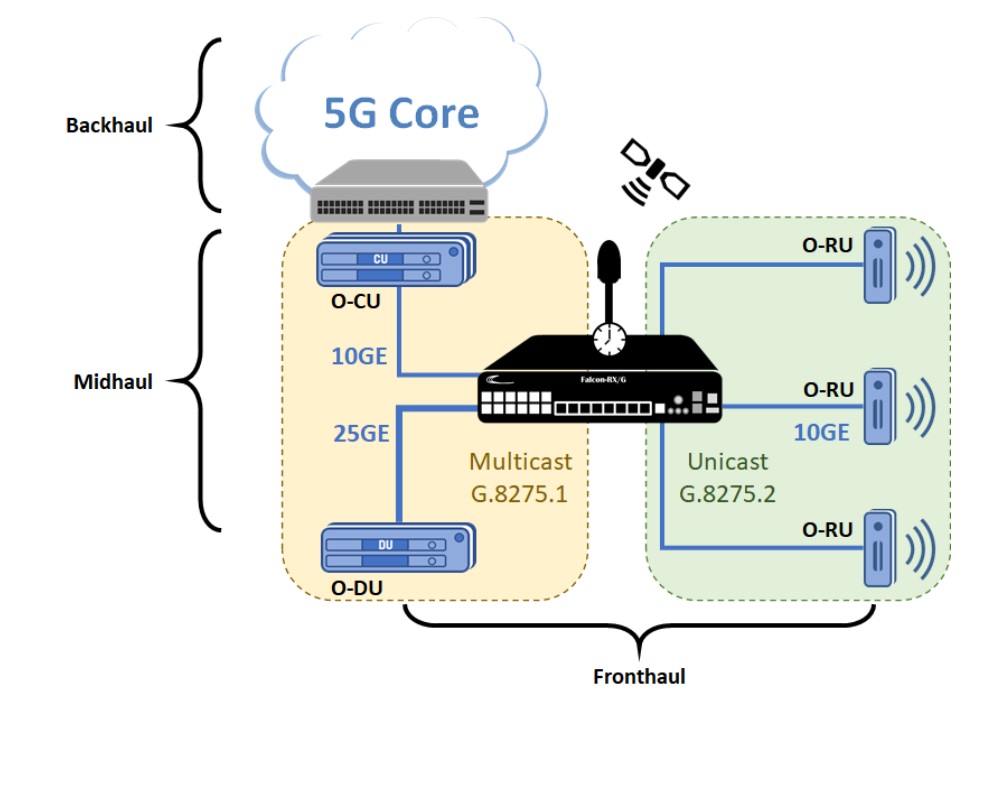Previously, legacy synchronous networks relied on network elements to transmit and receive data at the same frequency in order to establish communication links. Modern data networks have more challenging Timing requirements in addition to Frequency, which include Phase and Time of Day (ToD).
Not only the same number of repeated events per second (Frequency) must be maintained, but also the exact point within a single frequency cycle, meaning the time difference between two events (Phase) and actual date and time the event occurs (ToD) is required.

Obtaining such accurate Timing levels over a packet-based network can prove to be a formidable challenge taking into account its asynchronous nature. It is widely known that every network element (e.g. switches and routers) introduces different latency in forwarding data. In addition, packets have different length and therefore requires different time for transmission. Moreover, the traffic load is not a static factor, a fact that brings the queuing and scheduling variable into this complex equation. All these elements result in significant and unpredictable delay and asymmetry variations of the timing signal transported over the network.
To overcome these conditions, dedicated protocols and methods were developed for carrying Timing over packet networks. Most prominently used protocols are IEEE1588 Precision Time Protocol (PTP) and Synchronous Ethernet (SyncE).
IEEE1588 Precision Time Protocol (PTP)
PTP is a packet-based protocol designed to carry Timing signals over data networks. It performs optimally when adopted throughout the entire network but can be adjusted to provide reasonable performance over hybrid networks comprised of PTP aware and unaware network elements. In fronthaul deployments, however, it is absolutely vital that not only all elements will support PTP, but also execute the protocol at the highest level of performance, as the accuracy levels required are 260nsec and even greater. PTP is also unique in the sense that it can deliver all three components of the Timing signal: Frequency, Phase, and ToD.

Synchronous Ethernet (SyncE)
Unlike PTP, SyncE uses the Ethernet physical layer to propagate and recover the Timing frequency, very much like SONET/SDH networks used to do, or even better. It relies on Ethernet frames only to advertise the signal’s quality, so the network element recovering the signal could determine if it is reliable (this is known as ESMC). SyncE can only propagate one component of the Timing signal: Frequency.
Source: https://www.fibrolan.com/
